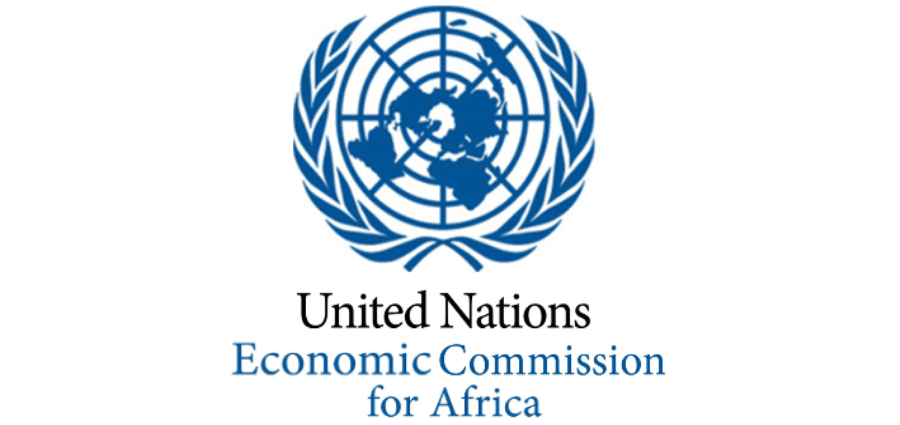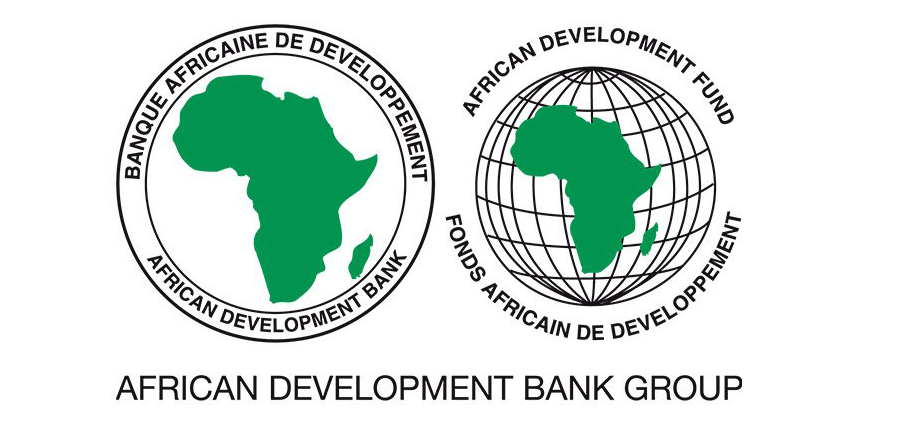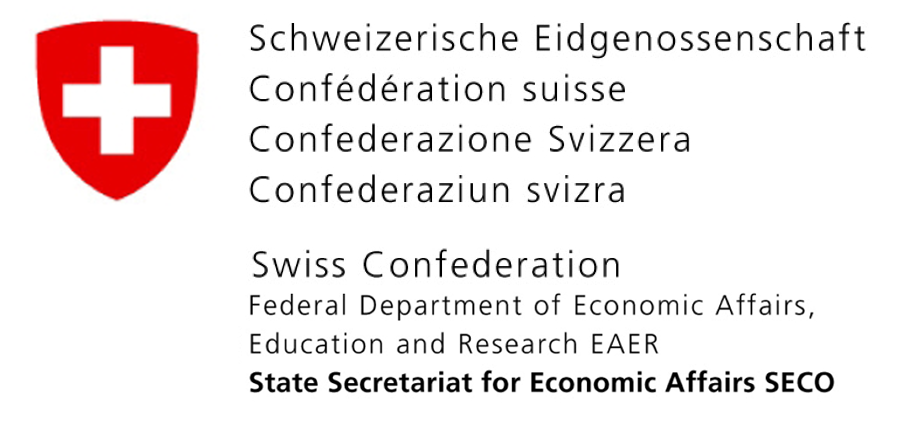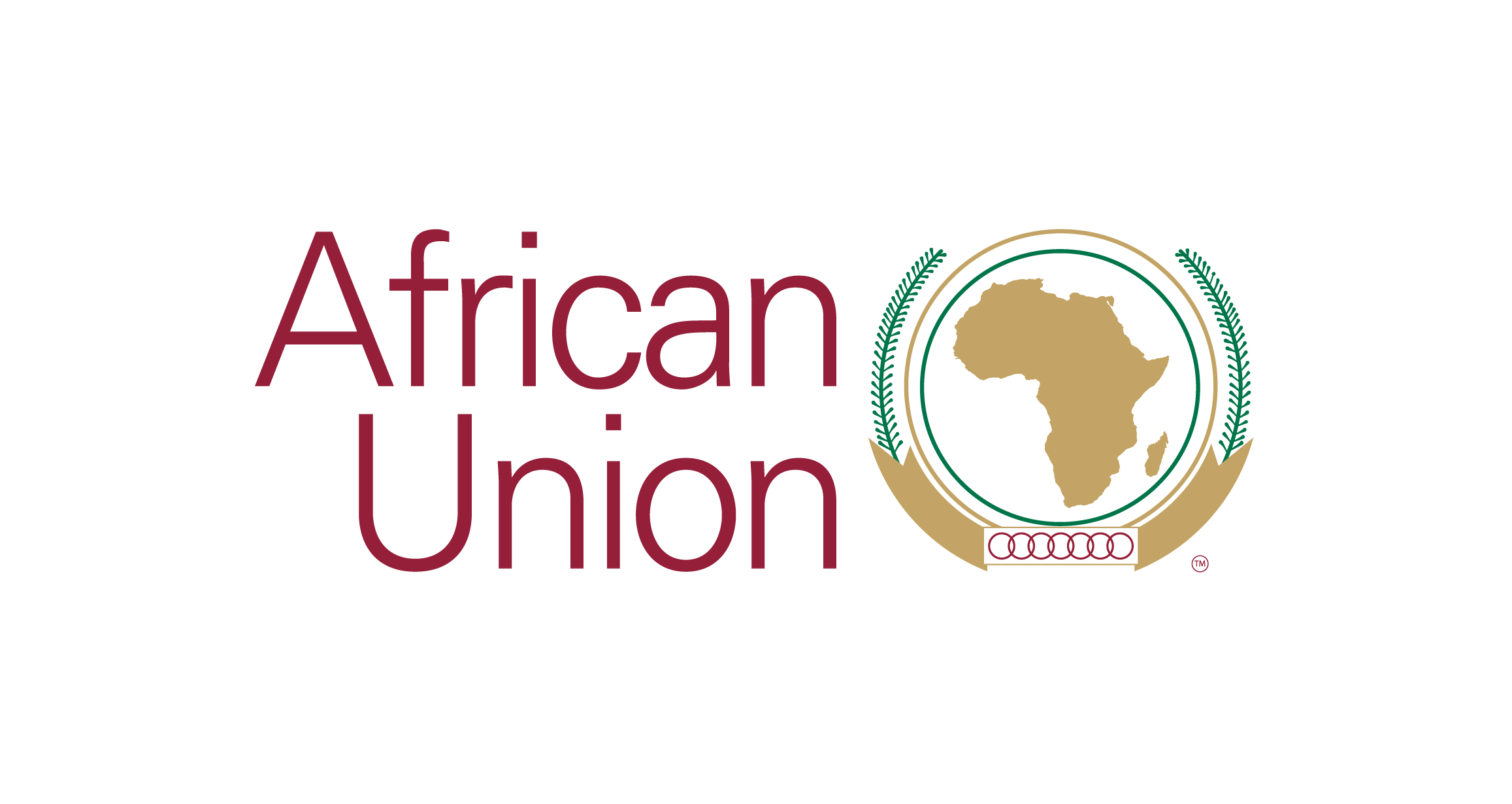5th International Conference on Women's Issues in Transportation in Paris, France
5th International Conference on Women's Issues in Transportation - Bridging the Gap
Paris, France
April 14-16, 2014
Julie Babinard participated to the 5th International Conference on Women's Issues in Transportation - Bridging the Gap, which took place in Paris, France from April 14 to 16, 2014.
Julie presented SSATP's upcoming publication Lessons Learned from Uganda’s Gender Policies in the Road Sector. Although gender policies are strong in Uganda, implementation is lagging. This project, which was completed at the request of the Ugandan government, evaluated the level of implementation and awareness of gender policies in Uganda and included a survey of the legal and institutional framework, as well as a series of stakeholder interviews. Women were found to be underrepresented in road sector positions. Awareness and implementation of Uganda’s gender policy statements and guidelines was lacking. Recommendations included increasing gender representation in project management teams, capacity building, designing projects to be gender informed, and formulating contractual agreements to ensure gender policies are implemented.
Julie also delivered the first Master Class of the 2014 WIiT Conference on Transport, Development and Gender. She presented the main urban and rural transportation challenges for people in developing countries, with a particular focus on the issues faced by women. Growing urban populations and rapid motorization are leading to severe congestion and air pollution. Women frequently travel by foot, however an absence of walkable infrastructure leaves them vulnerable to road-related injuries and fatalities. The lack of access to efficient and all-weather transportation services in rural areas has greater health, economic, and social impacts for women. Transportation solutions must separately address the urban and rural challenges.
The Master Class concluded with a case study on a fictitious growing urban center with poor public transit service in the developing world. Students split into small groups to identify transportation challeng-es and solutions for the study, some of which included integrated transportation and land-use planning, transit route connectivity, fare subsidies, and increased awareness of bus drivers and users.
Presentations







